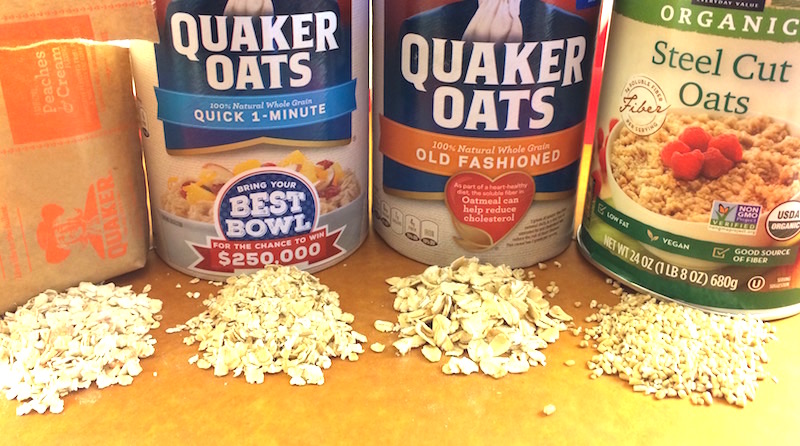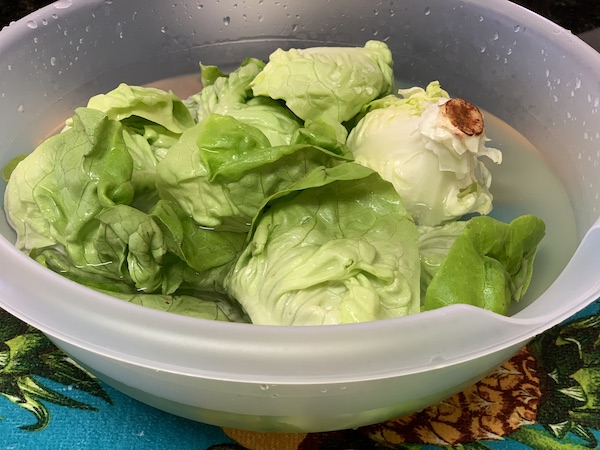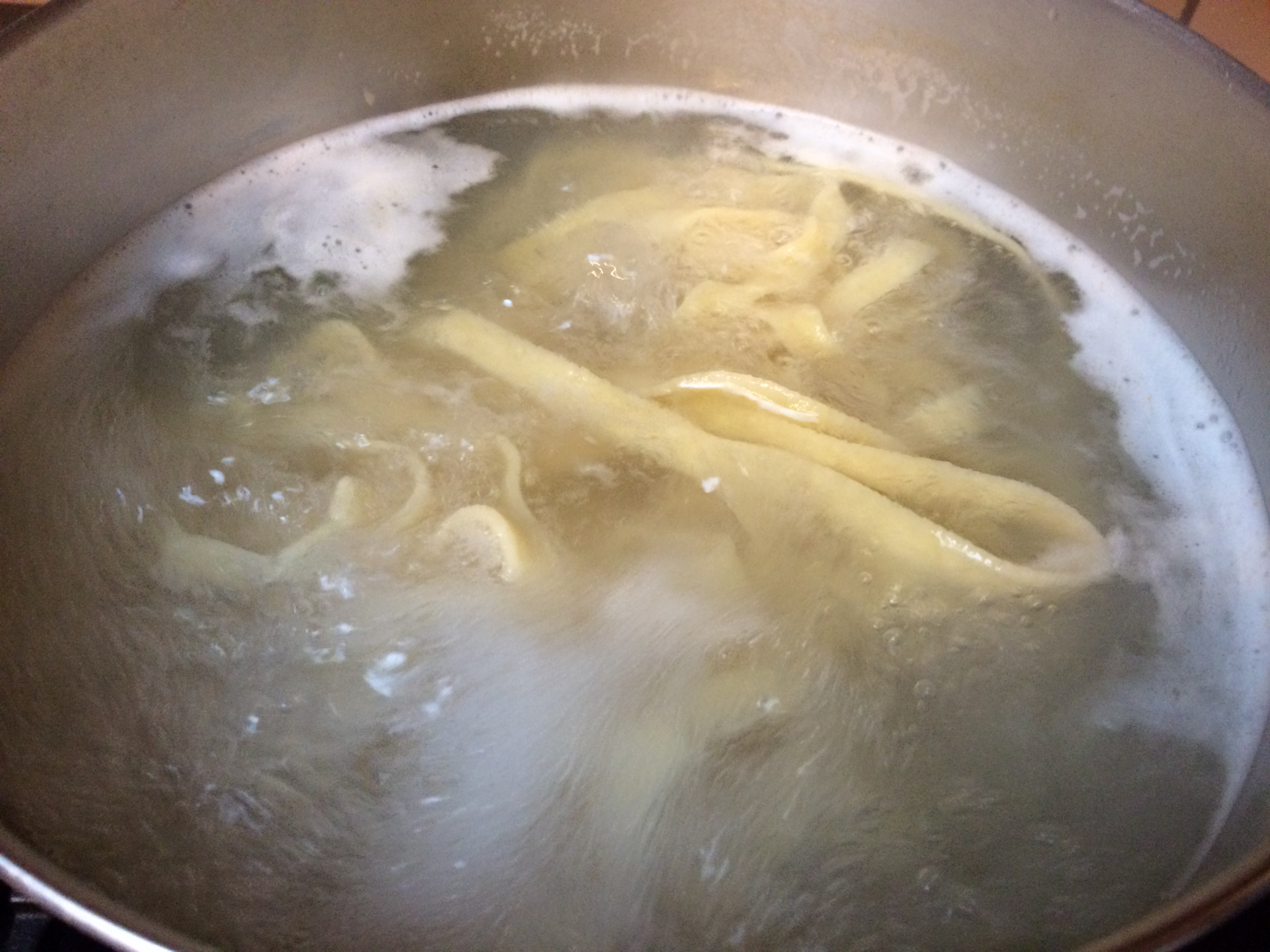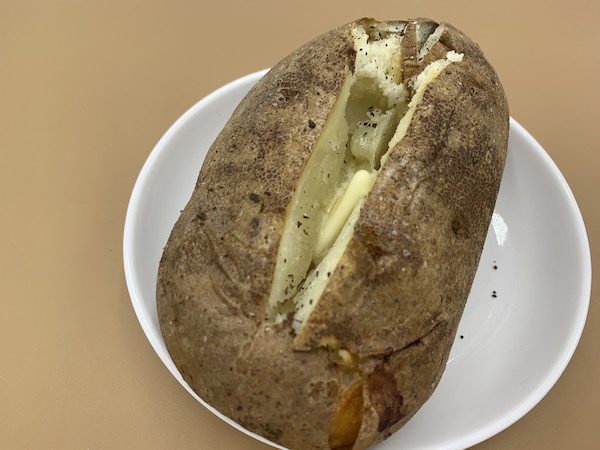- 34shares
- 22
Is it Safe to Eat a Bloody Egg?
Question:
Is it safe to eat a bloody egg?
Is it safe to eat an egg with a blood spot
on the yolk?
Are bloody eggs safe for
consumption?
Answer:
Yes, eggs with a visible blood spot on the yolk are
safe for consumption. Please read on for further
information on this topic, as a blood spot is
perfectly fine but an entirely pink egg white may be
unsafe to consume.
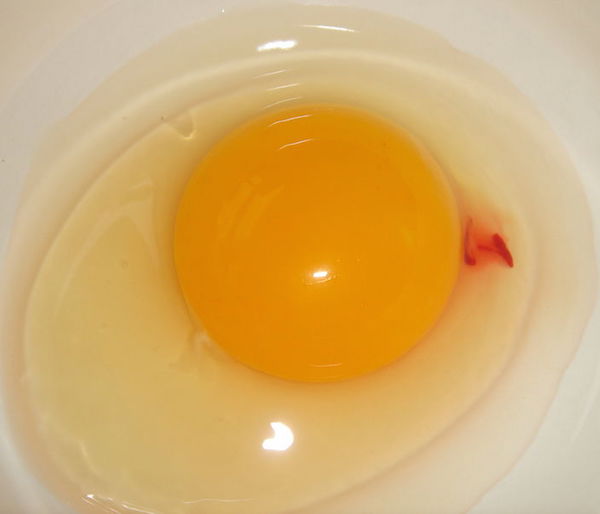
Is it Safe to Eat a Bloody Egg?
To fully answer the question of blood spots on eggs, here’s more information on eggs and specifically blood spots on eggs.
Blood spots, or “meat” spots, are occasionally found on an egg yolk. Blood spots, red in color, do not indicate a fertilized egg. These tiny blood spots on yolks are not harmful and are caused by the rupture of a blood vessel during the formation of the egg. If desired, the spot can be removed with the tip of a clean knife prior to cooking. These eggs with blood spots are safe to eat.
Diffusion of blood into the white: if the white of the egg (albumen) is actually pink or red, that’s an indication that it is spoiled with the Pseudomonas bacteria and should NOT be eaten. These eggs are classified as a loss by the FDA. [1]. For a rather gruesome picture of this condition – we warned you – click here.
Green eggs, although we’ve all heard of green eggs & ham, should NEVER be eaten as they contain the Pseudomonas bacteria. Do NOT eat these eggs, as some of The microorganisms which produce a greenish, fluorescent, water-soluble pigment are harmful to humans. [1]
Candling is a method used in embryology to study the growth and development of an embryo inside an egg. The method uses a bright light source behind the egg to show details through the shell, and is so called because the original sources of light used were candles. The technique of using light to examine eggs is used in the egg industry to assess the quality of edible eggs. Mass candling methods, now electronic spotters, reveal most larger blood spots and those eggs are removed before packaging and classified as Grade B by the USDA, but it’s impossible to catch everything. All commercial eggs are required to be inspected, but grading is optional and must be paid for by the manufacturer. Thus, all eggs are inspected but not all eggs are graded. While a blood spot will move down the classification, it still passes inspection and may be consumed. Whereas, an egg with a pink or red albumen (egg white) will not pass inspection and will be tossed. [1].
Additional Information
In order to spot any egg abnormalities, including blood spots on eggs, it’s a good idea to follow good egg breaking practices. Good egg breaking practices include breaking each egg, individually, into a separate bowl before adding it to anything else. Then, if an egg happens to be inedible, you won’t spoil the entire recipe if one needs to be discarded. This practice also helps if you inadvertently drop a piece of the shell into the mix – much easier to retrieve from just one egg!
To read about a possible danger if you eat raw eggs, see our salmonella page.
To find out how long eggs last, see our egg page.


